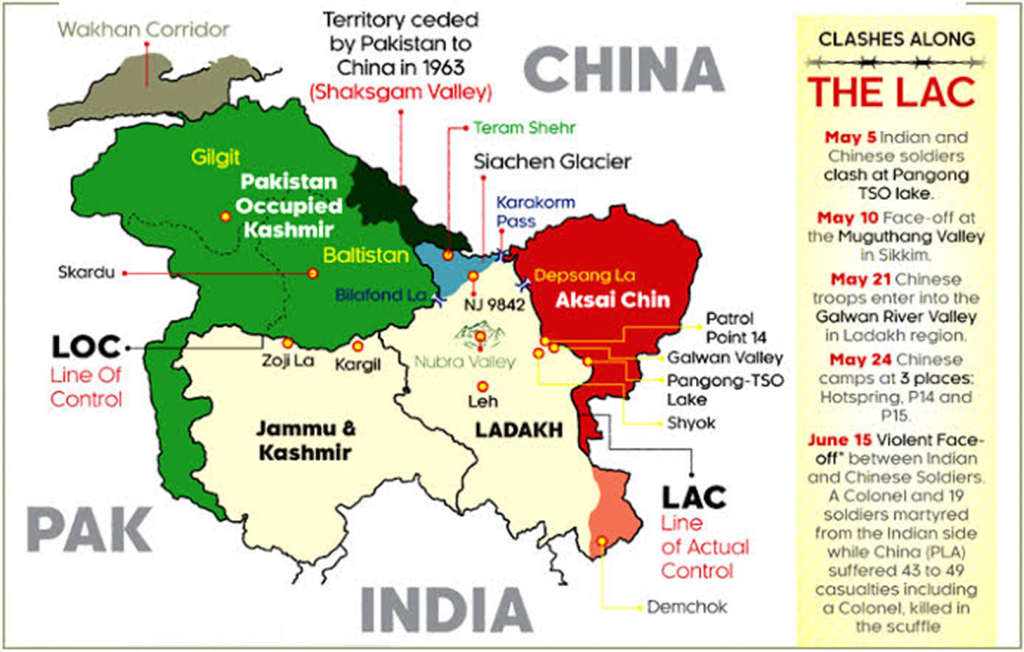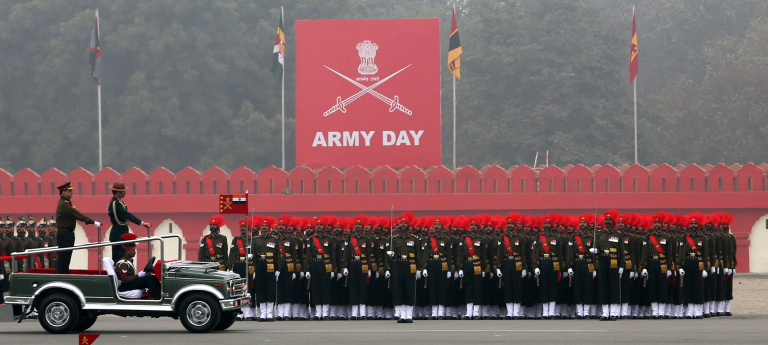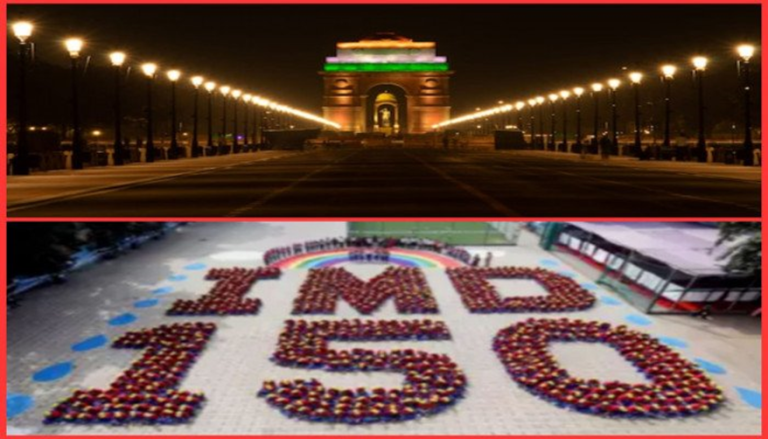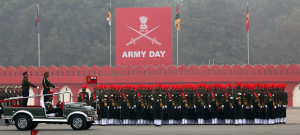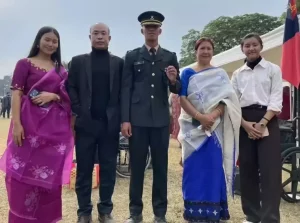India has lodged a strong protest with China for carrying out construction activities in the Shaksgam valley, in an “illegal” attempt to alter the situation on the ground.
India Lodges Protest With China Over Its Infra Development In Shaksgam Valley
India has lodged a strong protest with China for carrying out construction activities in the Shaksgam valley, in an “illegal” attempt to alter the situation on the ground. MEA spokesperson Randhir Jaiswal said on Thursday that the Shaksgam valley is a part of India and New Delhi never accepted the so-called China-Pakistan boundary pact of 1963 through which Islamabad “unlawfully” attempted to cede the area to Beijing.
“We have consistently conveyed our rejection of the same. We have registered our protest with the Chinese side against illegal attempts to alter facts on the ground,” Jaiswal said at his weekly media briefing.
China captured around 45,000 sq km of India’s land, after the 1962 war between the two countries.
How China captured Aksai Chin
Aksai Chin is almost the size of Bhutan and little smaller than Switzerland. Most of it is in occupation of China, which captured the region during 1950s and consolidated its military grip over the area during the 1962 India-China war, rejecting all Indian attempts to settle border disputes peacefully. China occupied Aksai Chin claiming that it was part of ancient and medieval Chinese empire. It is a convenient claim from an era when boundaries did not have the same sanctity as they do in the times of nation-states.
Historian Ramchandra Guha writes in his “India After Gandhi“: No official Chinese maps showed Aksai Chin as part of China before the 1920s, and a Sinkiang (Xinjiang) map of the 1930s showed the Kunlun (the mountains) rather than the Karakoram (range) to have been the customary boundary – which had been the Indian claim all along.”
Celebrated French journalist and author of “The Fate of Tibet: When Big Insects Eat Small Insects“, Claude Arpi has cited the US intelligence agency, the CIA to show that the Chinese policy on Aksai Chin shifted in 1952.


